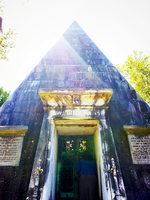
H. L. Hunley, also known as the Hunley, CSS H. L. Hunley, or CSS Hunley, was a submarine of the Confederate States of America that played a small part in the American Civil War. Hunley demonstrated the advantages and dangers of undersea warfare. She was the first combat submarine to sink a warship (USS Housatonic), although Hunley was not completely submerged and, following her attack, was lost along with her crew before she could return to base. Twenty-one crewmen died in the three sinkings of Hunley during her short career. She was named for her inventor, Horace Lawson Hunley, shortly after she was taken into government service under the control of the Confederate States Army at Charleston, South Carolina.

Hollywood Cemetery is a historic rural cemetery located at 412 South Cherry Street in the Oregon Hill neighborhood of Richmond, Virginia. It was established in 1847 and designed by the landscape architect John Notman. It is 135-acres in size and overlooks the James River. It is one of three places in the United States that contains the burials of two U.S. Presidents, the others being Arlington National Cemetery and United First Parish Church.

William Aiken Jr. was the 61st governor of South Carolina, serving from 1844 to 1846. He also served in the state legislature and the United States House of Representatives, running unsuccessfully for speaker of the House in 1856 in "the longest and most contentious Speaker election in House history."

Robert Barnwell Rhett was an American politician who served as a deputy from South Carolina to the Provisional Confederate States Congress from 1861 to 1862, a member of the US House of Representatives from South Carolina from 1837 to 1849, and US Senator from South Carolina from 1850 to 1852. As a staunch supporter of slavery and an early advocate of secession, he was a "Fire-Eater", nicknamed the "father of secession".

Francis Wilkinson Pickens was a politician who served as governor of South Carolina when that state became the first to secede from the United States. A cousin of Senator John C. Calhoun, he was born into the Southern planter class. A member of the Democratic Party, Pickens became an ardent supporter of nullification of federal tariffs when he served in the South Carolina House of Representatives before he was elected to the United States Senate.

Johnson Hagood Stadium, is an 11,500-seat football stadium, the home field of The Citadel Bulldogs football team, in Charleston, South Carolina, United States. The stadium is named in honor of Brigadier General Johnson Hagood, CSA, class of 1847, who commanded Confederate forces in Charleston during the Civil War and later served as Comptroller and Governor of South Carolina.
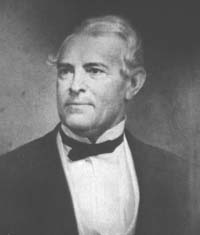
George Alfred Trenholm was a South Carolina businessman, financier, politician, and slaveholding planter who owned several plantations and strongly supported the Confederate States of America. He was appointed as its Secretary of the Treasury during the final year of the American Civil War.

Burnet Rhett Maybank was a three-term US senator, the 99th governor of South Carolina, and mayor of Charleston, South Carolina. He was the first governor from Charleston since the American Civil War (1861-1865) and one of twenty people in United States history to have been elected mayor, governor, and United States senator. During his tenure in the Senate, Maybank was a powerful ally of President Franklin D. Roosevelt. His unexpected death on September 1, 1954, from a heart attack, led to Strom Thurmond being elected senator.

"Ode: Sung on the Occasion of Decorating the Graves of the Confederate Dead at Magnolia Cemetery, Charleston, S.C., 1867" is the full title of a poem by Henry Timrod, sometimes considered the "Poet Laureate of the Confederacy". It was first sung at Magnolia Cemetery in Charleston, South Carolina on Saturday, June 16, 1866, on the occasion of the memorial service held there in honor of the Confederate soldiers who died during the Civil War. The poem is often referred to simply as the "Ode".
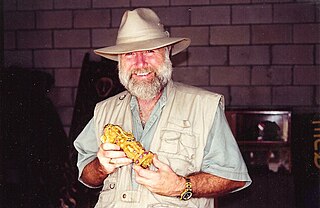
Edward Lee Spence is a German-born American archaeologist. He is a specialist in the field of underwater archaeology.

The large, neoclassical Simmons-Edwards House is a Charleston single house built for Francis Simmons, a Johns Island planter, about 1800. The house, located at 14 Legare St., Charleston, South Carolina, is famous for its large brick gates with decorative wrought iron. The gates, which were installed by George Edwards and which bear his initials, include finials that were carved to resemble Italian pinecones. They are frequently referred to as pineapples by locals, and the house is known popularly as the Pineapple Gates House.
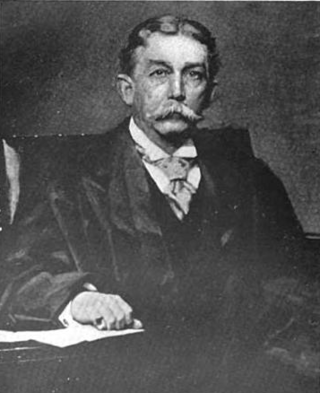
William Hiram Brawley was a United States representative from South Carolina and later a United States district judge of the United States District Court for the District of South Carolina.

Magnolia Cemetery is a historic city cemetery located in Mobile, Alabama. Filled with many elaborate Victorian-era monuments, it spans more than 100 acres (40 ha). It served as Mobile's primary, and almost exclusive, burial place during the 19th century. It is the final resting place for many of Mobile's 19th- and early 20th-century citizens. The cemetery is roughly bounded by Frye Street to the north, Gayle Street to the east, and Ann Street to the west. Virginia Street originally formed the southern border before the cemetery was expanded and now cuts east–west through the center of the cemetery. Magnolia contains more than 80,000 burials and remains an active, though very limited, burial site today.

The Robert Barnwell Rhett House is a historic house at 6 Thomas Street in Charleston, South Carolina. A National Historic Landmark, it is significant as the home of Robert Barnwell Rhett, a leading secessionist politician. He opposed John C. Calhoun to lead the Bluffton Movement for separate state action on the Tariff of 1842. Rhett was one of the leading fire-eaters at the Nashville Convention of 1850, which failed to endorse his aim of secession.

The Gov. William Aiken House was built in 1820 at 48 Elizabeth Street, in the Wraggborough neighborhood of Charleston, South Carolina. Despite being known for its association with Gov. William Aiken, the house was built by John Robinson after he bought several lots in Mazyck-Wraggborough in 1817. His house was originally configured as a Charleston double house with entrance to the house from the south side along Judith Street. The house is considered to be the best preserved complex of antebellum domestic structures in Charleston. It was the home of William Aiken, Jr., a governor of South Carolina, and before that the home of his father, the owner of South Carolina Canal and Railroad Company, William Aiken.

The Charleston Mercury was a secessionist newspaper in Charleston, South Carolina, founded by Henry L. Pinckney in 1819. He was its sole editor for fifteen years. It ceased publication with the Union Army occupation of Charleston in February 1865. After the American Civil War, publication resumed in November 1866 before the paper closed permanently two years later in 1868.

Edward Culliatt Jones was an American architect from Charleston, South Carolina. A number of his works are listed on the U.S. National Register of Historic Places, and two are further designated as U.S. National Historic Landmarks. His works include the following :

William Ashmead Courtenay was the forty-sixth mayor of Charleston, South Carolina, serving two terms from 1879 to 1887.

The Cleland Kinloch and Burnet R. Maybank Huger House is a house in Charleston, South Carolina which is listed on the National Register of Historic Places.
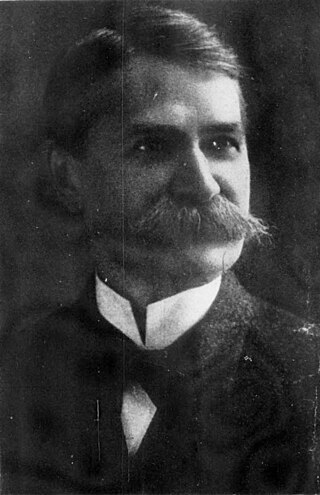
James Calvin Hemphill was a journalist and editor in the United States. During his career he edited various South Carolina newspapers, including the Richmond Times-Dispatch.




